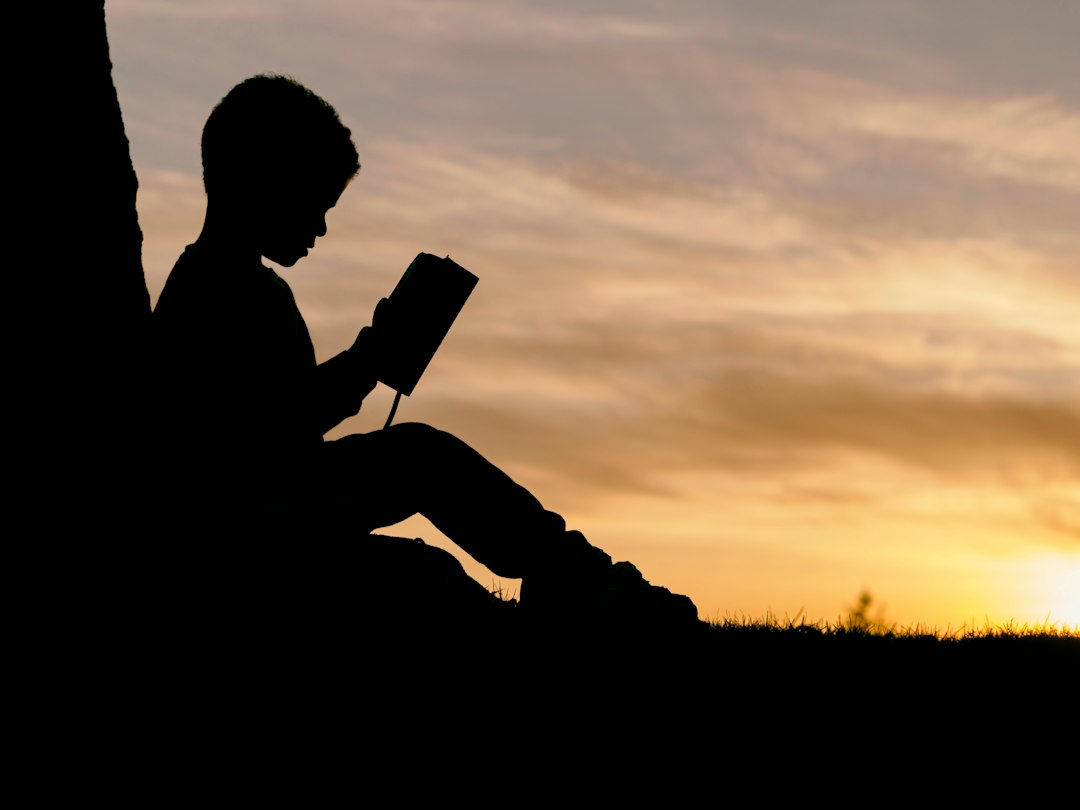The Power of Storytelling as a Teaching Tool
Stories have always held a special place in human culture. From ancient myths and fables to modern novels and movies, storytelling has been an integral part of our lives, conveying ideas, values, and lessons. But beyond entertainment, storytelling has proven to be a powerful tool in education, helping teachers engage students, enhance learning, and foster creativity.
One of the main reasons why storytelling is so effective as a teaching tool is its ability to captivate and engage students. Unlike traditional teaching methods, which often rely on dry facts and complex explanations, stories have a way of drawing students in, sparking their imagination, and making complex concepts more relatable and understandable. When students are emotionally invested in a story, they become active participants in the learning process, absorbing information and connecting with the subject matter on a deeper level.
Moreover, storytelling can help bridge the gap between theory and practice. By presenting real-life scenarios and relatable characters, stories enable students to see the practical applications of what they are learning. Whether it is a historical event, a scientific discovery, or a moral dilemma, storytelling allows students to imagine themselves in the shoes of the characters, experiencing the subject matter firsthand. This hands-on approach to learning helps students make connections, solve problems, and develop critical thinking skills, ultimately leading to a more comprehensive understanding of the subject.
Furthermore, storytelling is an effective tool for teaching values and morals. By presenting characters who face challenges and make choices, stories provide a platform for discussing ethical dilemmas and teaching important life lessons. Through the characters’ experiences, students can reflect on the consequences of certain actions, develop empathy, and gain a better understanding of their own values and beliefs. In this way, storytelling not only promotes moral development but also helps students become more compassionate and socially aware individuals.
In addition to its educational benefits, storytelling also enhances creativity and imagination. Stories allow students to think outside the box, imagine new possibilities, and create their own narratives. By encouraging students to think creatively, storytelling fosters innovative thinking and problem-solving skills. It also allows students to express their thoughts and emotions in a unique and personal way, enhancing their self-expression and confidence.
Furthermore, storytelling is a multi-sensory experience that can cater to different learning styles. Some students are visual learners, while others may prefer auditory or kinesthetic approaches. Stories have the ability to combine various learning styles, incorporating images, sounds, and movements. This multi-modal approach to learning caters to the diversity of students’ needs, ensuring that every student has a chance to learn and thrive.
One notable example of the power of storytelling in education is the Montessori method. Developed by Italian physician and educator Maria Montessori, this educational approach emphasizes the importance of storytelling in transmitting knowledge and engaging students. In Montessori classrooms, teachers often use stories to introduce new concepts, spark curiosity, and guide students’ exploration of the subject matter. By tapping into the natural love for stories that children possess, the Montessori method effectively makes learning an enjoyable and meaningful experience.
In conclusion, storytelling is a powerful tool in education. Its ability to captivate students, bridge the gap between theory and practice, teach values, enhance creativity, and cater to different learning styles makes it an invaluable asset for teachers. Through stories, students are not just passive recipients of information, but active participants in the learning process. So, let us embrace the power of storytelling and harness its potential to make education a vibrant and transformative experience for our students.
